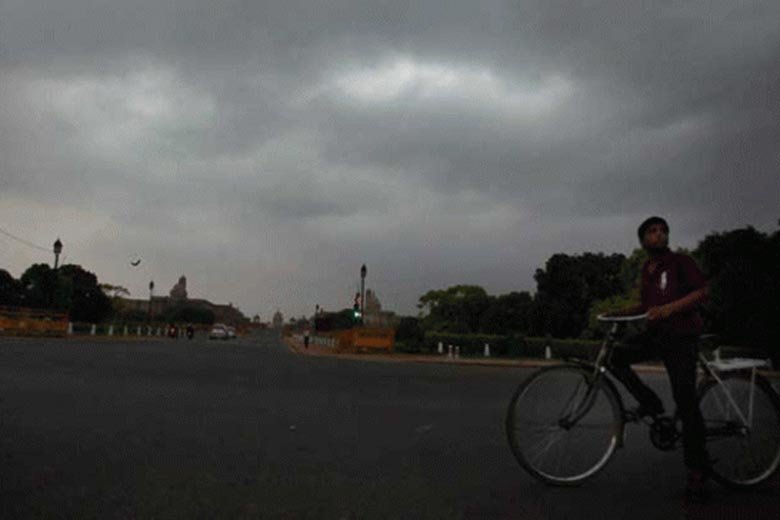Ever wondered what the Indian Meteorological Department (IMD) meant when they said it “may” rain? You couldn’t decide whether to carry the umbrella or not, isn’t it? Well, the agency seems to have realised that its weather forecast was, after all, “vague”, and adopted a new terminology and rulebook, reports The Telegraph.
So the “could” and “may” are on their way to turn into a new set of words such as “unlikely” (probability of occurrence less than 25 percent), “likely” (between 25 and 50 percent), “very likely” (between 51 and 75 percent) and “most likely” (probability greater than 75 percent).
Even vague predictions such as rain is expected in “one or two places” across a state would specify districts and cities.
“We’ve tried to reduce ambiguity as much as possible and eliminate vague terminology,” a senior weather scientist Madhavan Rajeevan who is the head of a scientific panel and brought changes to the rulebook, told The Telegraph.

Similarly, a new criteria has been introduced to classify rain, very hot or very cold weather based on greater scientific analysis of weather patterns over the past several decades.
Weather forecasters would also have to give “maximum, meaningful, and useful information in local forecasts” to convey the weather situation over the next 24 hours.
And hey, the term “drought” won’t be used any longer while describing all-India seasonal monsoon rainfall departures from the normal. A senior IMD scientist said this is because the entire country has never faced a drought.

















